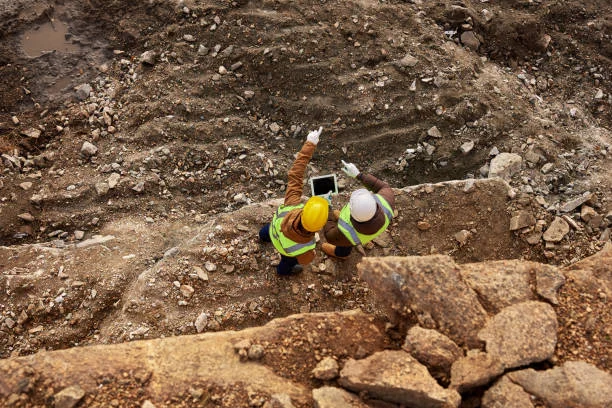
Heap leaching cyanidation is a common method for extracting gold, and the properties of the raw gold ore play a crucial role in the production process. The mineralogical properties of the ore, associated minerals, and particle size distribution all have certain impacts on the heap leaching cyanidation process.
1. Mineralogical Properties
In heap leaching for gold production, the raw materials are large - sized ore blocks stacked on the bottom pad. The leaching solution penetrates the ore through the surface, pores, and cleavage planes of the ore to contact the gold in the ore for leaching. Therefore, ores with high porosity and well - developed cleavage are conducive to the leaching process. Structurally compact primary ores are difficult to treat by heap leaching, while oxidized ores, due to weathering, cause the re - deposition of gold and make the ore loose, porous, and have good water permeability, which are easy to be treated by heap leaching.
The fineness of gold particles in the ore also affects the leaching speed. Fine - grained gold has a fast leaching speed. However, for micro - fine - grained gold, its surface must be exposed to be leached smoothly. Coarse - grained gold requires a long heap leaching time, and the gold recovery effect is not good, so this kind of ore is not suitable for heap leaching. The shape of gold particles also has a significant impact on the leaching speed of gold. Gold particles in the form of exposed thin flakes have a fast leaching speed, while coarse - grained spherical gold particles have a slow leaching speed. Gold particles with open holes have a fast leaching speed.
2. Associated Minerals
Various mineral components in the ore affect the gold leaching effect to different degrees. Minerals that can react with cyanide in the leaching solution to consume oxygen and cyanide, or whose reaction products are adsorbed on the surface of gold particles, purifying the surface of gold, all affect the leaching of gold.
Sulfide iron minerals such as pyrite, marcasite, and pyrrhotite can chemically react with oxygen and cyanide in the leaching solution, and their intermediate products can also consume oxygen and cyanide in the leaching solution.
Arsenic - containing minerals such as arsenopyrite, realgar, orpiment, and cinnabar can react with oxygen and cyanide, consuming the effective chemical components in the leaching solution.
Heavy non - ferrous metal minerals such as copper and zinc can react with cyanide and consume cyanide. The reaction products of antimony minerals with alkali are deposited and adsorbed on the surface of gold particles, hindering the leaching of gold. When calcium oxide acts as a protective alkali, when the pH value is too high, calcium peroxide will be formed and deposited on the surface of gold particles, playing a blocking role.
When there are carbon minerals in the ore, they will adsorb the leached gold and cause losses in the ore heap, reducing the actual gold recovery rate.
3. Ore Particle Size
From a kinetic perspective, under the same conditions, the smaller the particle size of the crushed ore, the larger the exposed surface area of gold particles, and the larger the contact surface between the liquid phase and the solid phase, and the faster the leaching speed of gold.
However, if the ore particle size is too fine, it will affect the penetration speed of the leaching solution, which is not conducive to the liquid - solid separation in the ore heap. Seriously, the fine ore powder will also prevent the uniform flow of the leaching solution in the ore heap, forming some dead corners and affecting the leaching effect. Fine - grained ore powder also affects the cleaning of the ore heap, causing a certain amount of gold - bearing precious liquid to adhere to the ore, resulting in losses, and it will also extend the leaching time.
In conclusion, understanding the influence of ore properties on heap leaching for gold production is of great significance for optimizing the production process, improving gold recovery rates, and reducing production costs. Miners need to conduct detailed mineralogical analyses of the ore before production and adjust the heap leaching process parameters accordingly to achieve better production results.
- Random article
- Popular articles
- Popular comments
- Tin ore gravity+flotation process
- Lead-zinc Ore Asynchronous Flotation Process
- Uranium Ore Radioactive Treatment Process
- Zirconium Ore Processing: Gravity, Magnetic, and Flotation Methods
- Efficient Tantalum-Niobium Ore Separation: Gravity vs. Flotation
- Barite Gravity Separation Process Explained in Detail
- Understanding the Barite Flotation Process




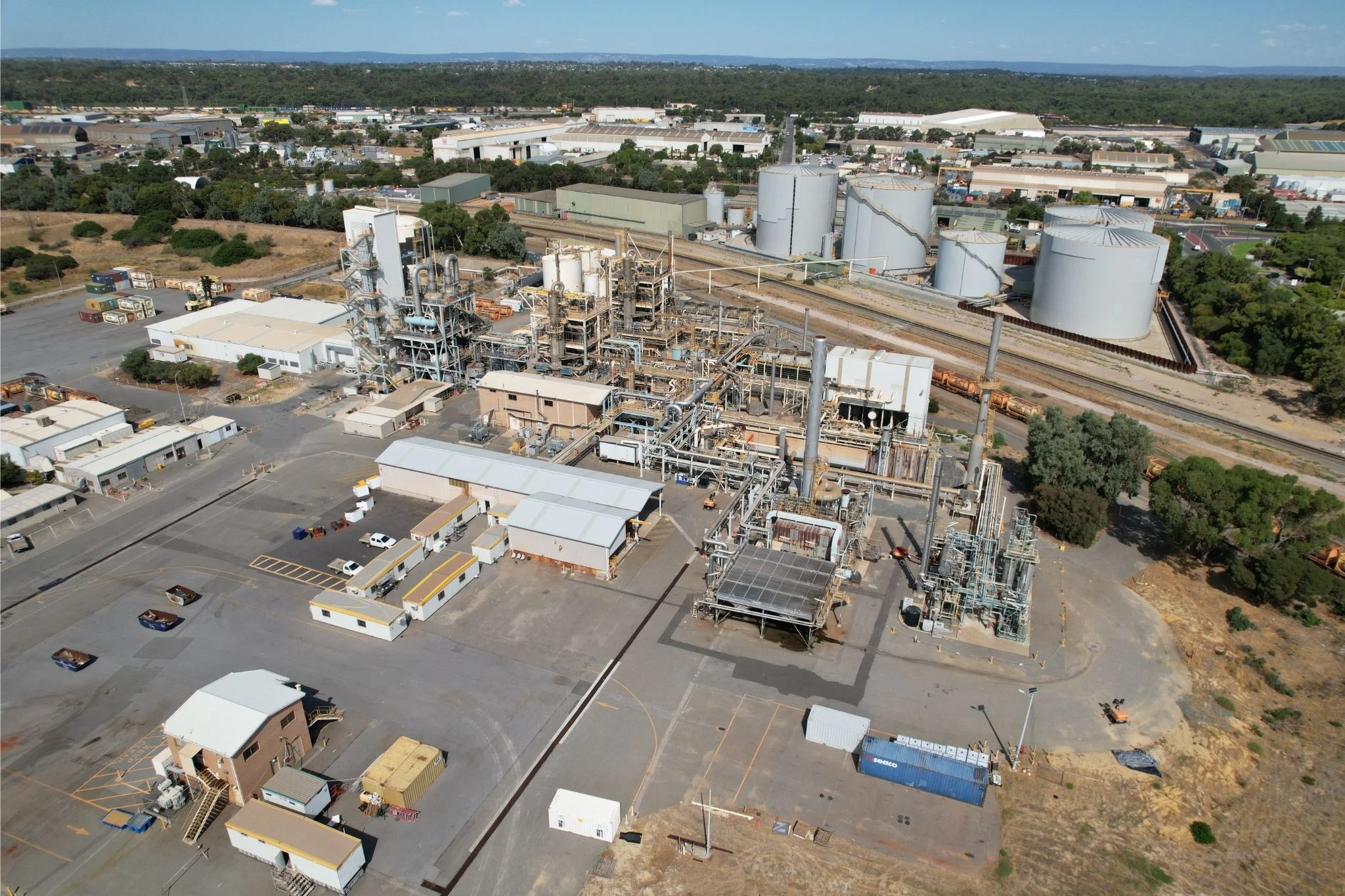
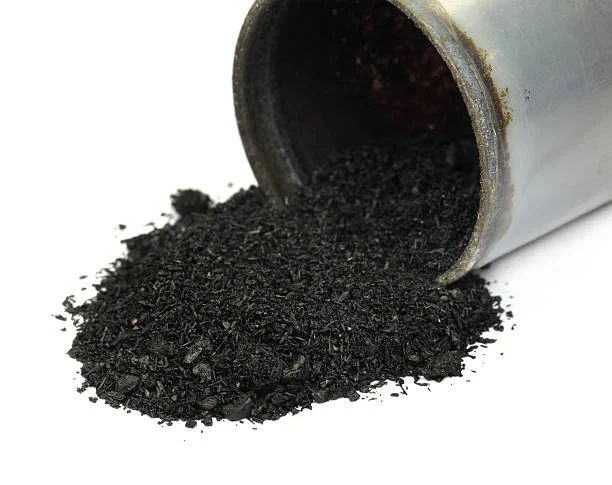
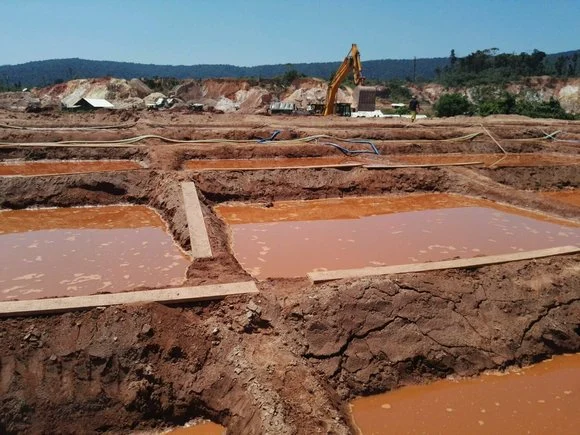
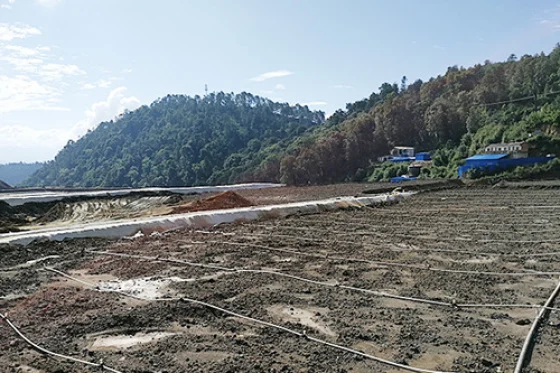
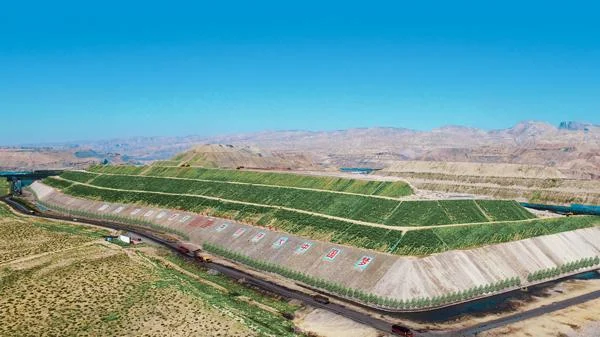
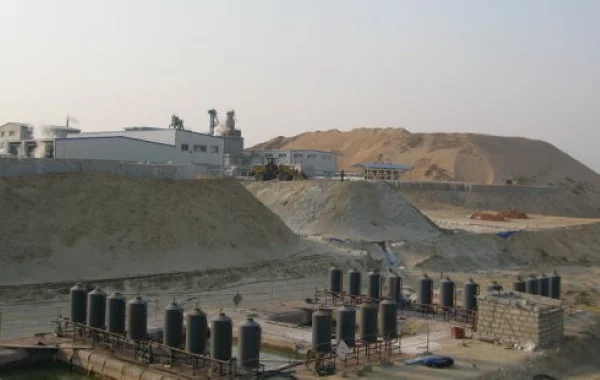
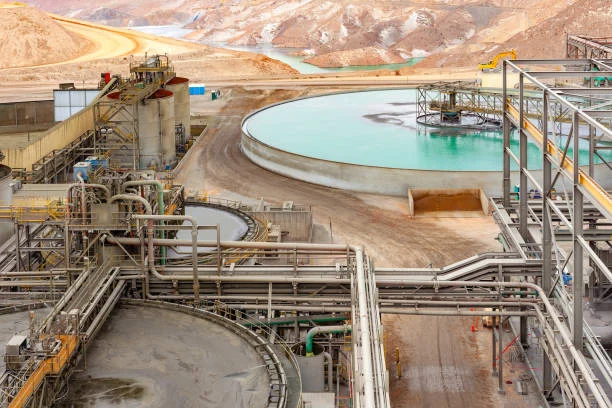
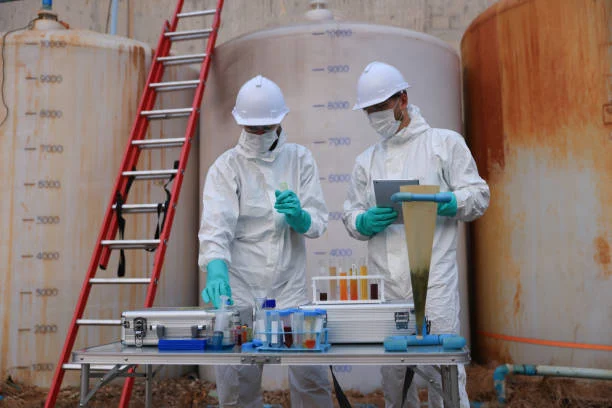
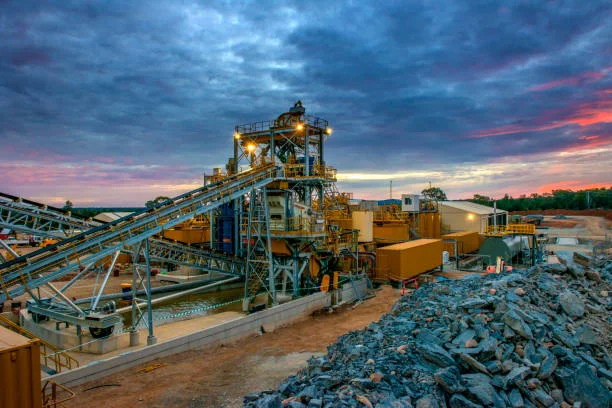

Leave a message with your needs or comments
Add comment: